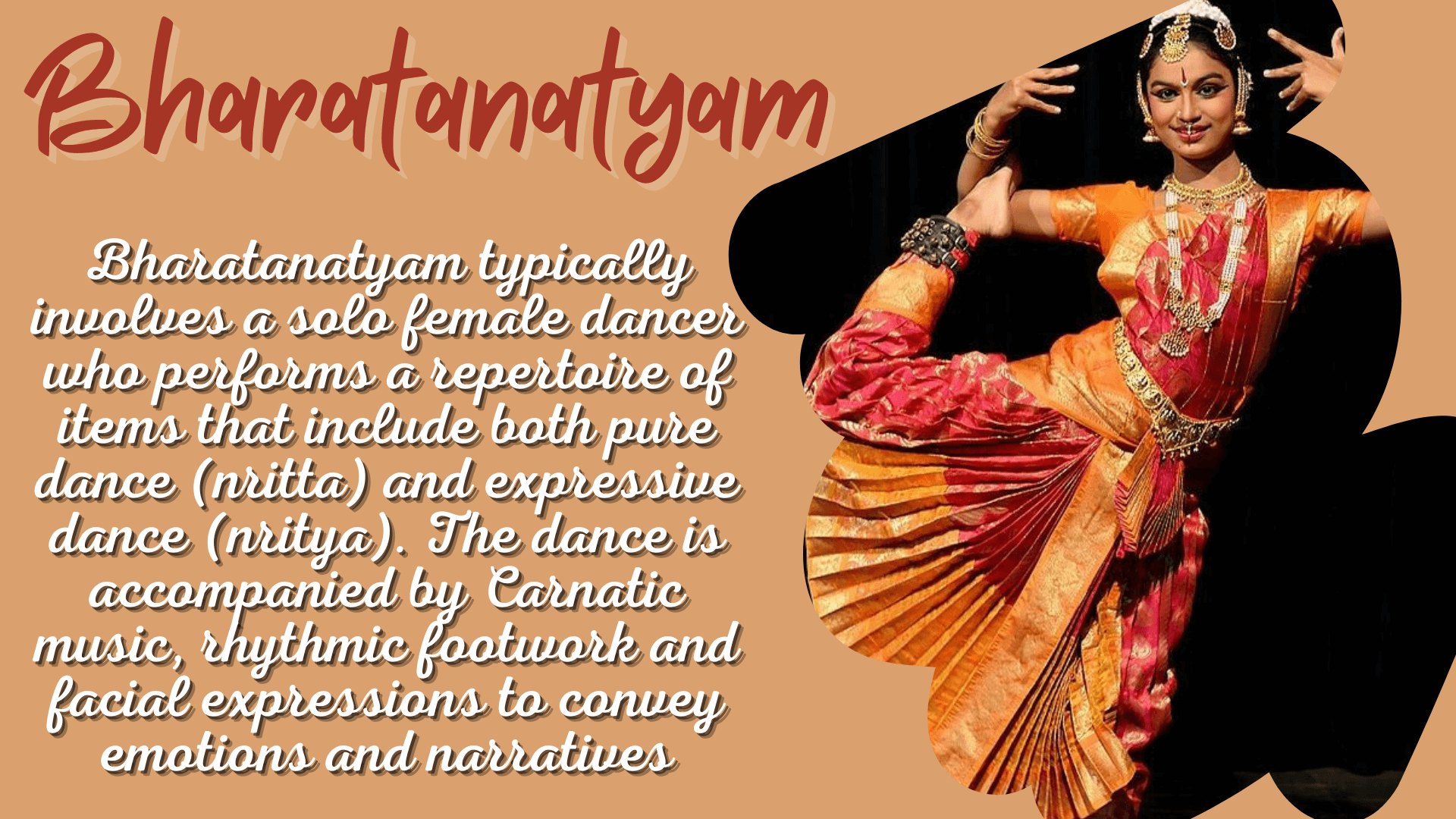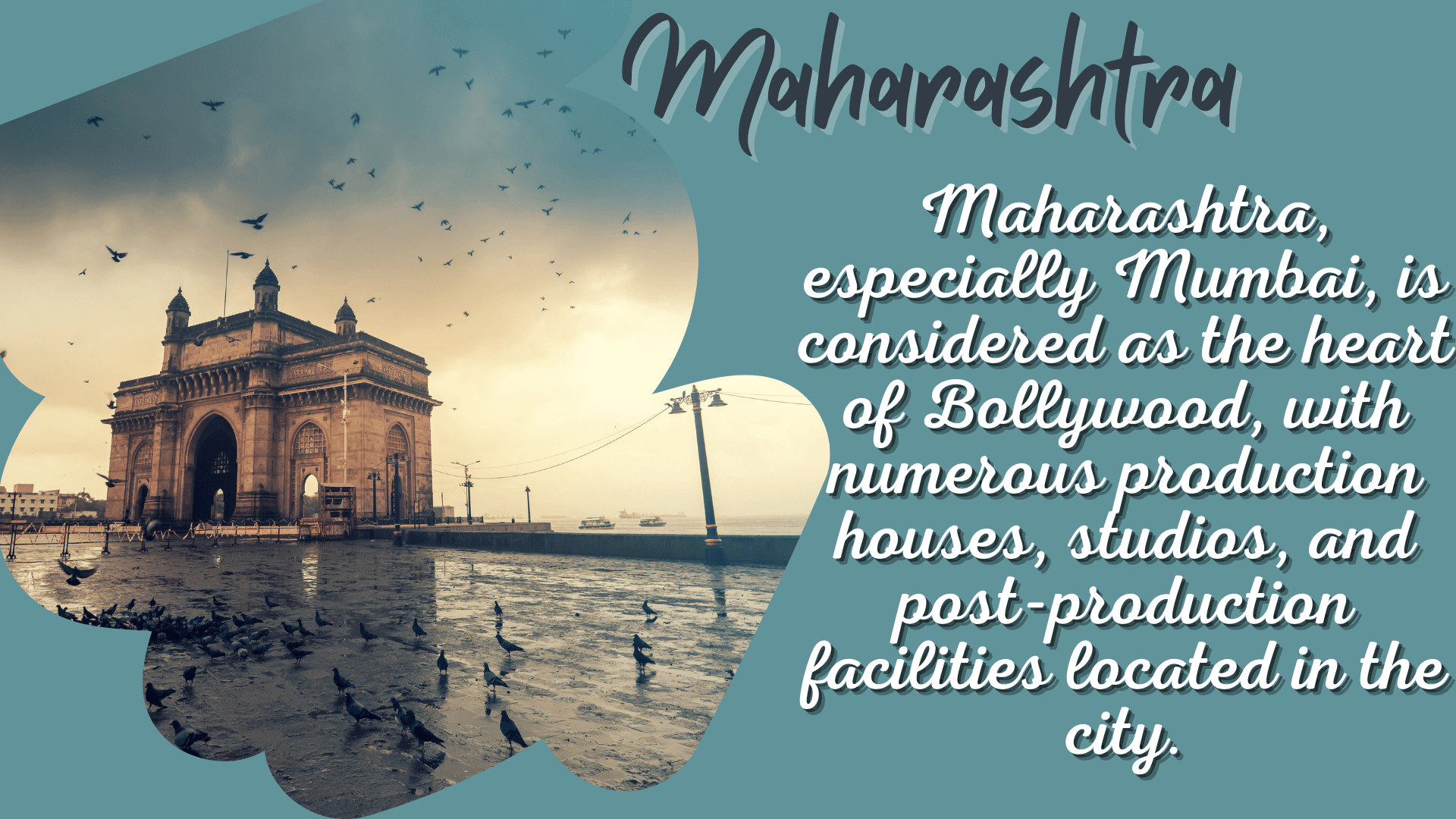India, with its rich history spanning thousands of years, boasts a cultural landscape as diverse as its geographical variations. From the coastal plains of Tamil Nadu to the snow-capped peaks in Himachal Pradesh, each state contributes distinct flavors to the vibrant mosaic that is Indian culture.
In Karnataka, classical Carnatic music and intricate dance forms form the cultural bedrock. The state is an example of the coexistence of tradition and modernity. Karnataka’s capital, Bangalore, a bustling cosmopolitan hub, reflects the progressive and innovative spirit of the state. Moving south to Tamil Nadu, the land is steeped in classical arts, with Bharatanatyam and Carnatic music finding their roots here. The state is known for its magnificent temples, showcasing the intricate Dravidian architecture. In the northern state of Punjab, the beat of Bhangra dances resonates in the air during festivals and celebrations. The state is known for its energetic folk music, colorful attire, and the warm hospitality of its people. Contrastingly, the deserts of Rajasthan tell tales of regal palaces, intricate artwork, and the soul-stirring tunes of traditional Rajasthani folk music. Heading east to West Bengal, the land of literature and art, the cultural milieu shifts. Kolkata, the cultural capital, embraces classical music, poetry, and the world-famous Durga Puja festival, a grand celebration of artistry and devotion. The intricate dance forms of Odissi also find their roots in the eastern states. In the southern state of Kerala, the lush greenery is accompanied by the melodious notes of classical music and the rhythmic movements of traditional dance forms like Mohiniyattam. The state is also renowned for its vibrant festivals, with Onam being a highlight, showcasing the unity and diversity of the people. As we move west to Maharashtra, the heart of India’s film industry, Bollywood takes center stage. Maharashtra is a melting pot of cultures, blending traditional Marathi customs with the cosmopolitan vibe of Mumbai. Ganesh Chaturthi, a grand celebration of the elephant-headed deity Ganesha, reflects the exuberance and creativity of the state. The northeastern states, often referred to as the “Seven Sisters,” present a kaleidoscope of cultures. Assam, with its tea gardens and Assamese Bihu dance, contrasts with the mountainous terrain of Nagaland, where indigenous tribes showcase their unique traditions through vibrant festivals.
In the southern state of Kerala, the lush greenery is accompanied by the melodious notes of classical music and the rhythmic movements of traditional dance forms like Mohiniyattam. The state is also renowned for its vibrant festivals, with Onam being a highlight, showcasing the unity and diversity of the people. As we move west to Maharashtra, the heart of India’s film industry, Bollywood takes center stage. Maharashtra is a melting pot of cultures, blending traditional Marathi customs with the cosmopolitan vibe of Mumbai. Ganesh Chaturthi, a grand celebration of the elephant-headed deity Ganesha, reflects the exuberance and creativity of the state. The northeastern states, often referred to as the “Seven Sisters,” present a kaleidoscope of cultures. Assam, with its tea gardens and Assamese Bihu dance, contrasts with the mountainous terrain of Nagaland, where indigenous tribes showcase their unique traditions through vibrant festivals. As I traverse the diverse landscapes, I realize that each state has its own unique story to tell. Despite this diversity, there is an underlying thread of unity that binds the nation together. India’s cultural mosaic is about celebrating differences and embracing the shared heritage that unites us. The festivals, such as Diwali, Navratri, and Holi, transcend regional boundaries, fostering a sense of unity and shared celebration. In the rich and varied cultural heritage of India, each state is a unique component, contributing to a larger, interconnected whole.
As I traverse the diverse landscapes, I realize that each state has its own unique story to tell. Despite this diversity, there is an underlying thread of unity that binds the nation together. India’s cultural mosaic is about celebrating differences and embracing the shared heritage that unites us. The festivals, such as Diwali, Navratri, and Holi, transcend regional boundaries, fostering a sense of unity and shared celebration. In the rich and varied cultural heritage of India, each state is a unique component, contributing to a larger, interconnected whole. As I continue to explore and appreciate the myriad hues of India’s cultural landscape, I am reminded that diversity is our strength, and unity is our collective identity. In the heart of this vibrant nation, every state is a chapter, and together they compose the compelling story of India’s rich and harmonious cultural heritage.
As I continue to explore and appreciate the myriad hues of India’s cultural landscape, I am reminded that diversity is our strength, and unity is our collective identity. In the heart of this vibrant nation, every state is a chapter, and together they compose the compelling story of India’s rich and harmonious cultural heritage.
Written By:

IPP. Rtr. Madhumita N
International Service Director
Rotaract Club of Marathahalli, Bangalore, India
RI District 3191
Compiled By:

Rtr. Shimra Shamil
(Junior Blog Team Member 2023-24)
Edited By:

Rtr. Sethmi Navoda
(Blog Team Member 2023-24)
Edited By:

Rtr. Hana Rameez
(Blog Team Member 2023-24)




😍❤️